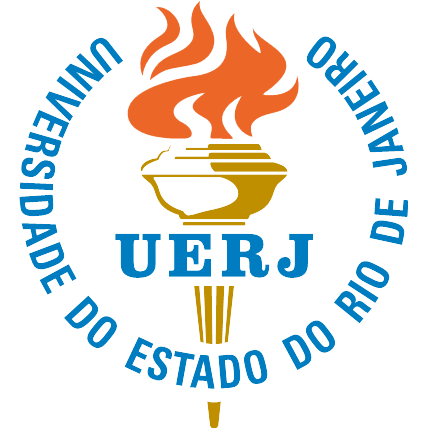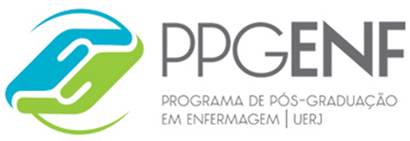Mapeamento dos erros de medicação em um hospital universitário [Mapping of medication errors at a university hospital] [Asignación de errores de medicación en un hospital universitario]
DOI:
https://doi.org/10.12957/reuerj.2016.7095Keywords:
Erros de medicação, sistema de medicação no hospital, segurança do paciente, enfermagem.Abstract
Objetivo: identificar os erros de medicação de um hospital universitário, classificando-os segundo a causa raiz e analisar suas principaiscausas. Método: estudo quantitativo descritivo retrospectivo, desenvolvido em hospital universitário no interior do estado de SãoPaulo. Amostra de 339 erros de medicação ocorridos no ano de 2010. Os dados foram coletados em março de 2011 por meio dosRelatórios de Não Conformidade. Resultados: a principal falha de segurança ocorreu na etapa de dispensação (40,4%) e a causa raizestava relacionada à mão de obra (85,8%). Quanto à classificação dos erros de medicação, segundo os Nove certos, observou-se que43,4% relacionaram-se à falta de conferência da medicação certa. Conclusão: a predominância de erros ocasionados por falhas dosprofissionais indica que a sensibilização, treinamento e educação continuada são fundamentais para atuação da equipe multiprofissionalcom segurança.
ABSTRACT
Objective: to identify medications errors at a university hospital, classify them by root cause and examine their main causes. Method:this retrospective, quantitative, descriptive study was conducted at a university hospital in São Paulo State. The study sample comprised339 medication errors occurring in 2010. Data were collected in March 2011 by non-conformity reports. Results: the mainsafety failure occurred at dispensation (40.4%) and the root cause was workforce-related (85.8%). When errors were classified bythe Nine rights, 43.4% related to right medication. Conclusion: the predominance of errors caused by workforce failures indicatesthat awareness, training and continued professional development are fundamental to safety in the work of multi-professional teams.
RESUMEN
Objetivo: el estudio tuvo como objetivos identificar los errores de medicación en un hospital universitario, las causas raízes y analizar.Método: estudio cuantitativo descriptivo y retrospectivo desarrollado en un hospital universitario en lo interior del estado de SaoPaulo. Muestra de 339 errores de medicación ocurridos en el año 2010.Recolección de datos en marzo de 2011 por los informes deno conformidad. Resultados: el principal defecto de seguridad se produjo en la etapa de distribución (40,4%) y la causa relacionadacon los trabajadores (85,8%). Identificase 43,4% relacionado con la medicación cierta, de acuerdo con el Nueve ciertos. Conclusión:la prevalencia de los errores causados por fallos de los profesionales indica que que la sensibilización, formación y educación continuason fundamentales para la actuación del equipo del salud con seguridad.
Published
How to Cite
Issue
Section
License
When publishing in Revista Enfermagem UERJ, the authors declare that the work is their exclusive authorship and therefore assume full responsibility for its content.
Authors retain copyright to their article and agree to license their work using a Creative Commons Attribution International Public License (CC BY), thereby accepting the terms and conditions of this license (https://creativecommons.org/licenses/by/4.0/legalcode.en), which allows material created by the author to be distributed, copied and displayed by third parties. The original work must be cited and present a link to the article available on the website of the journal in which it was published.
The Copyright of the articles published in Revista Enfermagem UERJ belongs to their respective author(s), with the rights of first publication assigned to Revista Enfermagem UERJ, with the work simultaneously licensed under a Creative Commons License CC BY, which allows sharing of work with recognition of authorship and initial publication in this journal.
The authors grant Revista Enfermagem UERJ the right of first publication, to identify themselves as the original publisher of the work and grant the magazine a license of non-exclusive rights to use the work in the following ways:
- Sell and/or distribute the work in printed copies and/or electronic format;
- Distribute parts and/or the work as a whole with the aim of promoting the magazine through the internet and other digital and printed media;
- Record and playback work in any format, including digital media.
In line with the journal's policies, each published article will be assigned a Creative Commons Attribution (CC BY) license.









